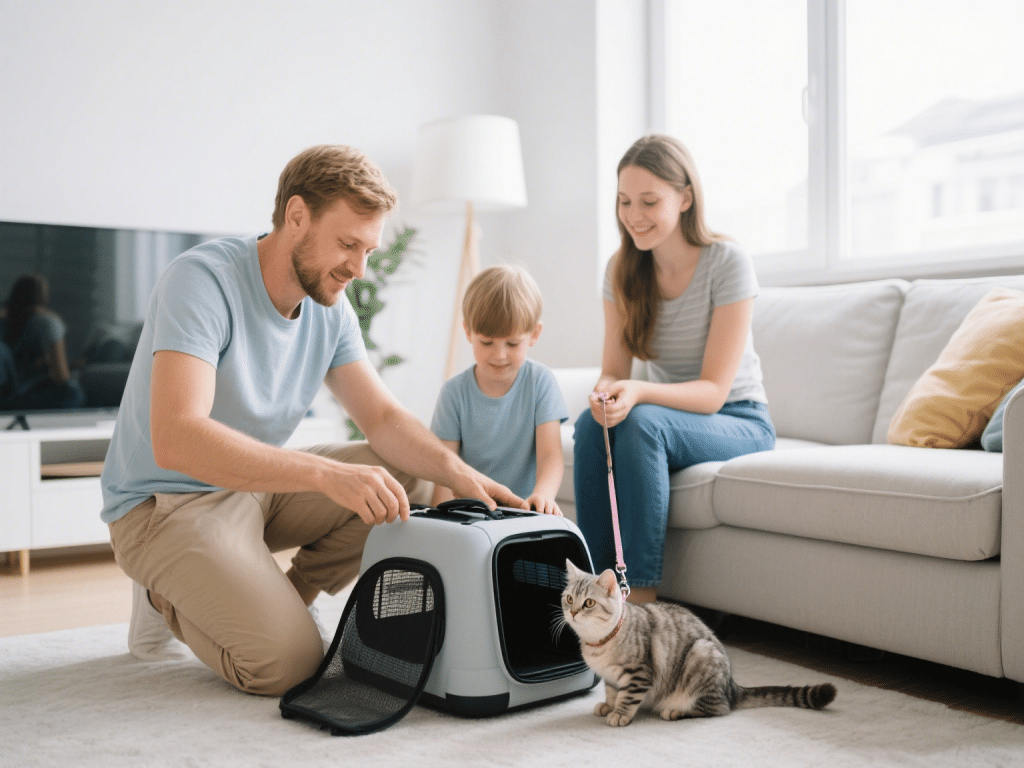
Introduction
Traveling with cats demands careful planning to minimize stress for both feline and owner. Unlike dogs, cats are territorial and may find new environments overwhelming. Whether embarking on a road trip, flying commercially, or relocating internationally, this guide outlines step-by-step strategies—from selecting the right carrier to pre-trip familiarization—to guarantee a stress-free experience.
1. Pre-Travel Preparation
1.1 Veterinary Check-Up and Documentation
Health Certificate & Vaccinations:
For domestic flights, most airlines require a valid health certificate dated within 10 days of travel.
Ensure rabies vaccination is current (valid at least 30 days prior to international travel).
Check destination-specific requirements (e.g., microchip, bordetella, FIV/FeLV tests).
Identify Microchip and ID Tag:
Consider upgrading to ISO 11784/11785 compliant microchips to meet international standards.
Affix a collar with an updated ID tag listing phone number and destination address.
1.2 Carrier Selection and Familiarization
Carrier Type:
Soft-Sided Carrier: Lightweight, flexible, easier to stow under airplane seats. Look for at least 19”×13”×10” with secure, zippered mesh windows for ventilation.
Hard-Sided Carrier: More protective; less prone to collapse during turbulence. Choose one with spring-door locking latches.
Familiarization Routine:
Place carrier in a quiet corner 3–4 weeks before departure.
Sprinkle catnip or treats inside to encourage voluntary entry.
Feed meals near, then inside, the carrier to build positive association.
1.3 Acclimating to Transportation Sounds
Car Rides:
Start with 5–10 minute drives, gradually increasing to 30 minutes or more to reduce motion sickness.
Secure the carrier with a seatbelt to prevent sliding. Place a towel inside to serve as an anti-slip base.
Crate Training for Calmness:
Encourage short “crate naps” by making the carrier a comfortable resting spot.
Incorporate a worn T-shirt with owner’s scent to provide reassurance.
2. Day of Travel Essentials
2.1 Food, Water, and Feeding Schedule
Fasting Protocol:
Fast your cat for 4–6 hours before departure to minimize vomiting and motion sickness.
Provide a small amount of water up to departure time, then pack a portable water dispenser for pit stops or layovers.
Meal Timing:
Feed a small, easily digestible meal 2–3 hours before travel to avoid digestive discomfort.
2.2 Anxiety Management
Pheromone Sprays:
Spritz Feliway Classic lightly inside the carrier 15 minutes before placing your cat inside.
Avoid over-spraying; excessive scent can be counterproductive.
Comfort Items:
Include a familiar, unwashed blanket or shirt.
Insert a small, absorbent pad to handle occasional accidents.
Medication (Optional):
Gabapentin (5–10 mg/kg): Administer 1.5–2 hours prior to travel for mild sedation (consult your veterinarian).
Trazodone (3–5 mg/kg): For cats with severe anxiety, given 1–2 hours before departure.
Always trial medication at home 2–3 days before the trip to gauge tolerance.
2.3 Security and Identification
Double-Check Carrier Integrity:
Ensure all zippers and latches are secured; reinforce mesh windows with duct tape if needed.
Affix a “Live Animal” sticker on multiple sides of the carrier.
Attach Label with Emergency Contacts:
Include your phone number, destination address, and veterinarian contact details inside and outside the carrier.
3. During Transit
3.1 Car Travel Strategies
Climate Control:
Maintain cabin temperature between 68–75°F. Avoid direct airflow from vents onto the carrier.
Frequent Breaks:
Every 2–3 hours, pause in a safe, quiet area. Offer fresh water via a spill-proof bowl and allow your cat to use a portable litter box if necessary. Keep the carrier partially covered to reduce overstimulation.
3.2 Air Travel Recommendations
Check Airline Policies:
Confirm your airline’s pet fee, approved carrier dimensions, and required paperwork at least 2 weeks before departure.
Book an aisle seat to facilitate mid-flight checks. Avoid rows near galleys or bathrooms to reduce loud noises.
Security Screening:
At TSA, present the health certificate. Cats must exit the carrier to pass through the metal detector; guide your cat securely with a harness and leash.
Place the empty carrier on the X-ray belt while you carry your cat through the checkpoint.
In-Cabin Etiquette:
Keep the carrier under the seat in front of you.
Avoid opening the carrier mid-flight. Speak softly if your cat meows to reassure them.
4. Arrival and Acclimation
4.1 Immediate Post-Travel Care
Quiet Rest Zone:
Set up a confined, quiet room with litter box, food, and water for 24–48 hours to allow decompression.
Provide familiar bedding and toys. Avoid sudden introduction to new rooms.
Monitor Behavior and Health:
Watch for signs of stress: hiding for extended periods, refusal to eat, or excessive grooming.
Offer small, frequent meals and maintain fresh water availability.
4.2 Gradual Exploration and Bonding
Scent Introduction:
Swap bedding between previous and new environments to help your cat recognize overlapping scents.
Allow your cat to explore adjacent areas incrementally, under supervision.
Enriching Activities:
Offer interactive toys (puzzle feeders) to encourage normal behavior.
Continue using pheromone diffusers (Feliway MultiCat if introducing multiple cats) to maintain a sense of security.
Conclusion
Traveling with cats doesn’t have to be stressful. By securing veterinary clearance, acclimating carriers in advance, timing meals appropriately, and implementing calming strategies, you can ensure a smooth journey. Whether by car or plane, a well-prepared environment and consistent routine will ease your cat into new surroundings. With patience and thoughtful planning, your feline friend can remain relaxed, healthy, and happy during every adventure.

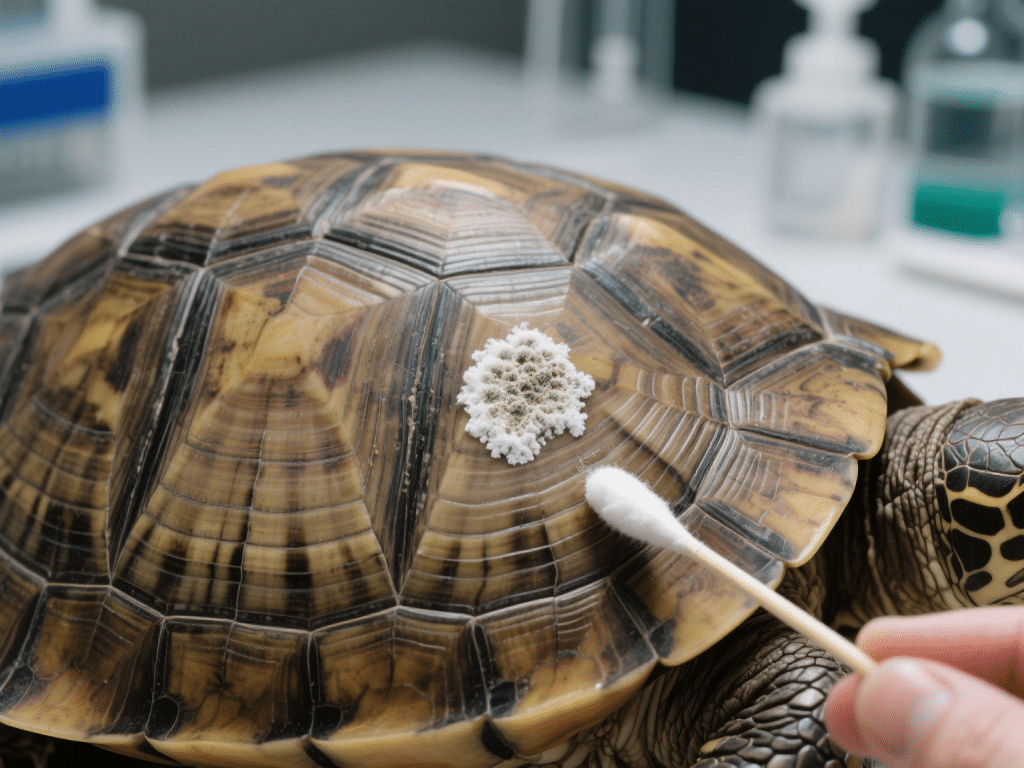

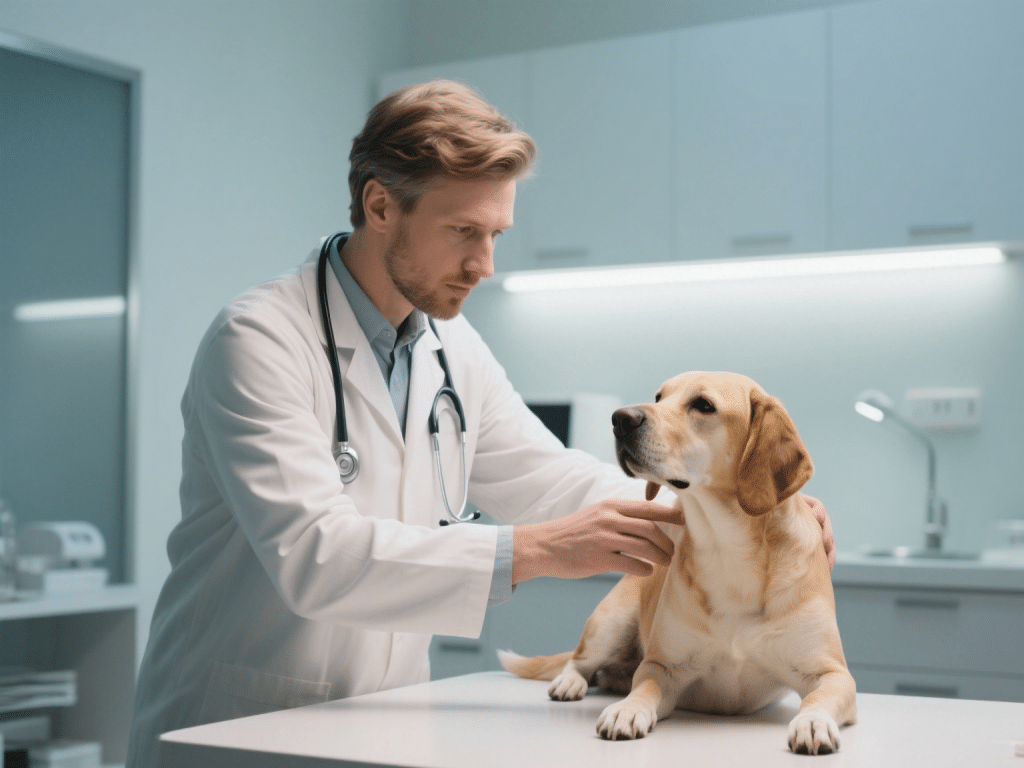


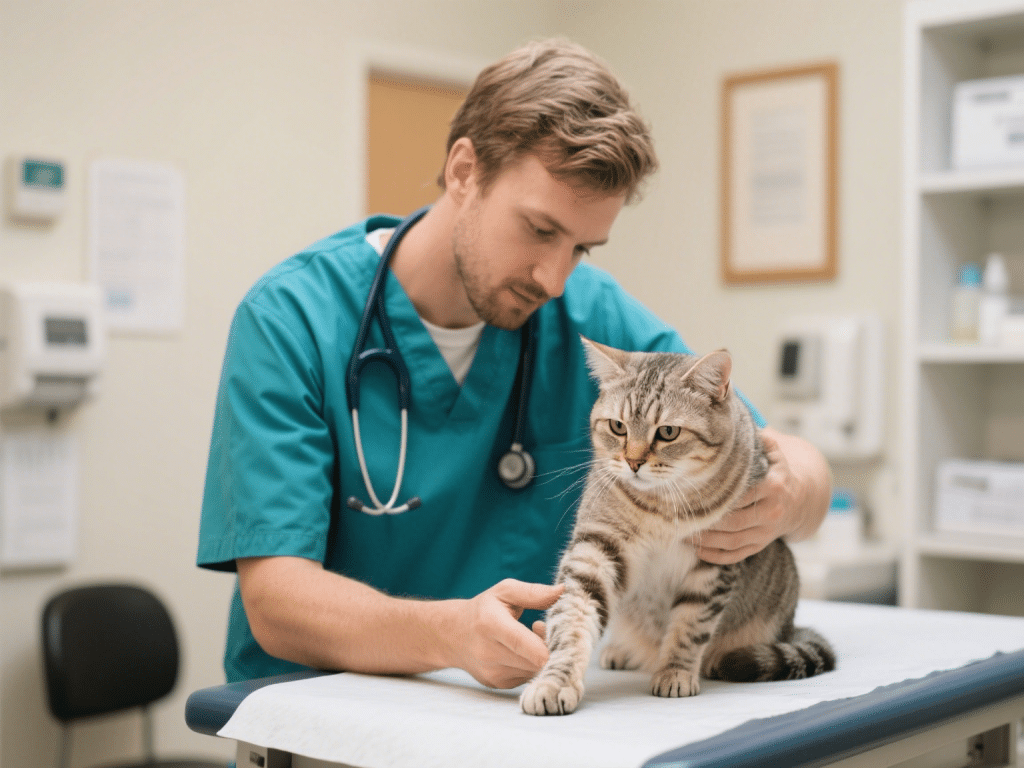

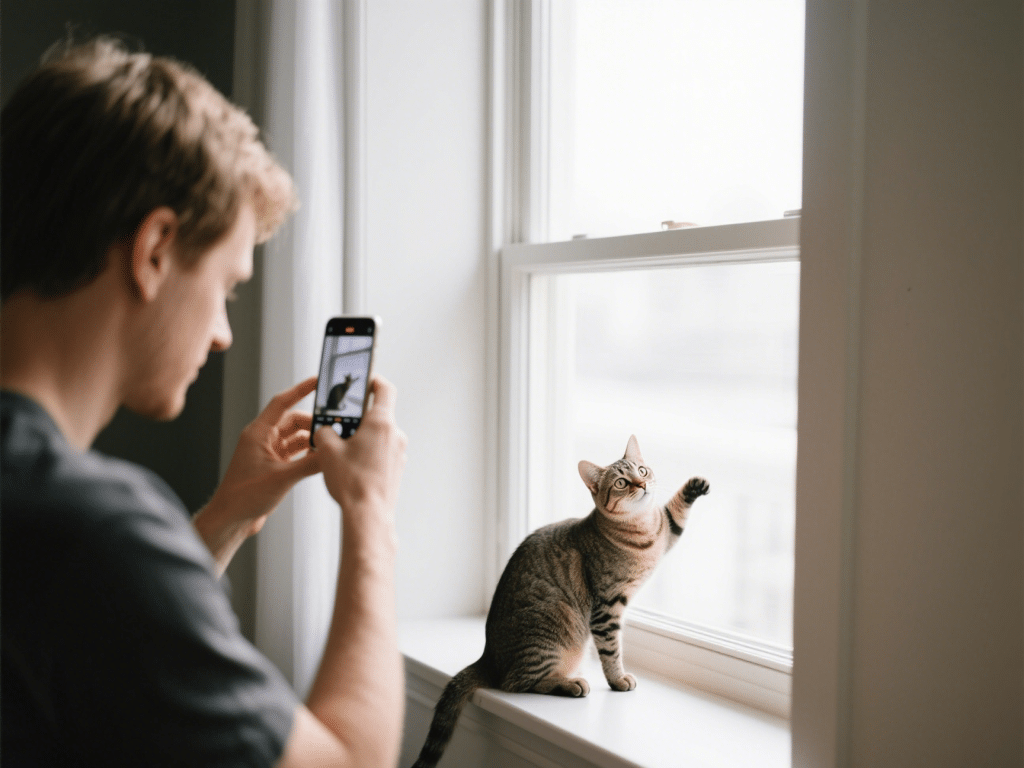
Comments on " Traveling with Cats: How to Prepare for Stress-Free Trips" :